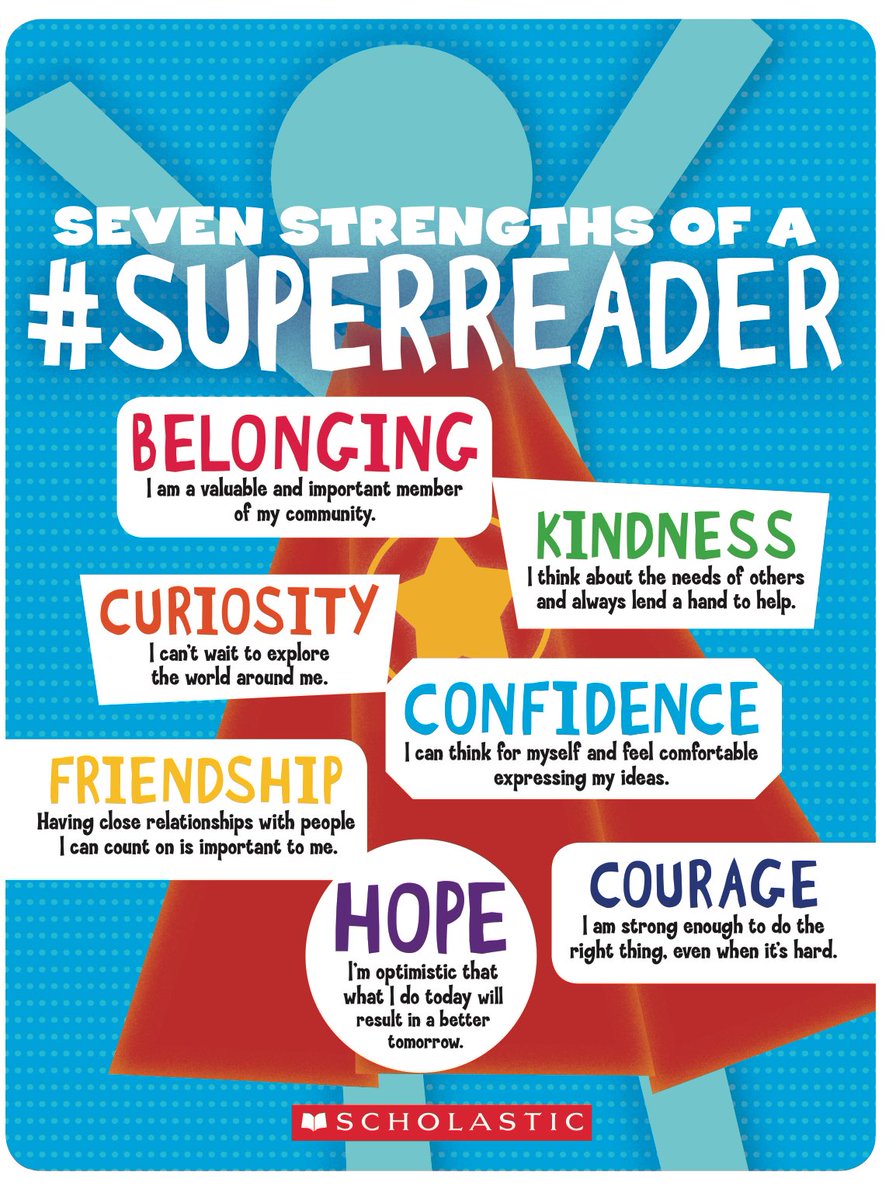
THE 7 STRENGTHS MODEL FOR TEACHING READING
The following is a summary of research behind the strengths, as well as the strengths’ relationship to and effect on reading and child development. Click here to download a PDF, which includes cited sources.
- BELONGING: "There is strong evidence that having human connections and being successful at school are related. We have decades of research that suggests having at least one strong and stable relationship with a supportive adult is a key factor in helping children cope with high-stress situations.” (Harvard University’s Center on the Developing Child, 2015)
- CURIOSITY: “In Susan Engel’s classroom study, curiosity was measured by the number of questions asked in a two-hour period (Engel, 2015). While kindergartners asked 2 to 5 questions in this time frame, many fifth graders went a full day without showing any signs of inquisitiveness. The lack of questions in classrooms is a direct consequence of children’s disengagement from reading, writing, and a love of learning.”
- FRIENDSHIP: “Educational psychologist Robert Selman has devoted much of his career to understanding friendship and its importance to children’s social and emotional health and well-being…. Selman believes that the essence of friendship development is perspective taking, or the ability of young people to take into consideration other people’s points of view.”
- KINDNESS: “Daniel Goleman stresses the importance of having leaders who can demonstrate cognitive and emotional empathy. He explains: ‘Because you understand other perspectives, you can put things in ways colleagues comprehend…. Cognitive empathy, along with reading another persons’ feelings accurately, makes for effective communication.’”
- CONFIDENCE: “Social psychologists who study motivation tell us that what often separates motivated readers from unmotivated ones is that the latter group lacks the confidence, or the expectation of success in the reading enterprise.” (Eccles & Wigfield, 2002)
- COURAGE: “According to Michael Agar (1994), being courageous rewards individuals from living a life of ‘being’ to a life of ‘becoming.’ Courage is critical for change and growth to occur.”
- HOPE: “Shawn Ginwright has worked with students who have experienced tremendous suffering in their lives. The difference, he argues, between the kids who are able to confront and ultimately overcome obstacles and those who are unsuccessful, is hope.”
The 7 Strengths Model is taken from Pam Allyn and Ernest Morrell’s Every Child a Super Reader. Please visit scholastic.com for more information.

.jpg)
Can't read this document? Click here to read a Word document with the same content.